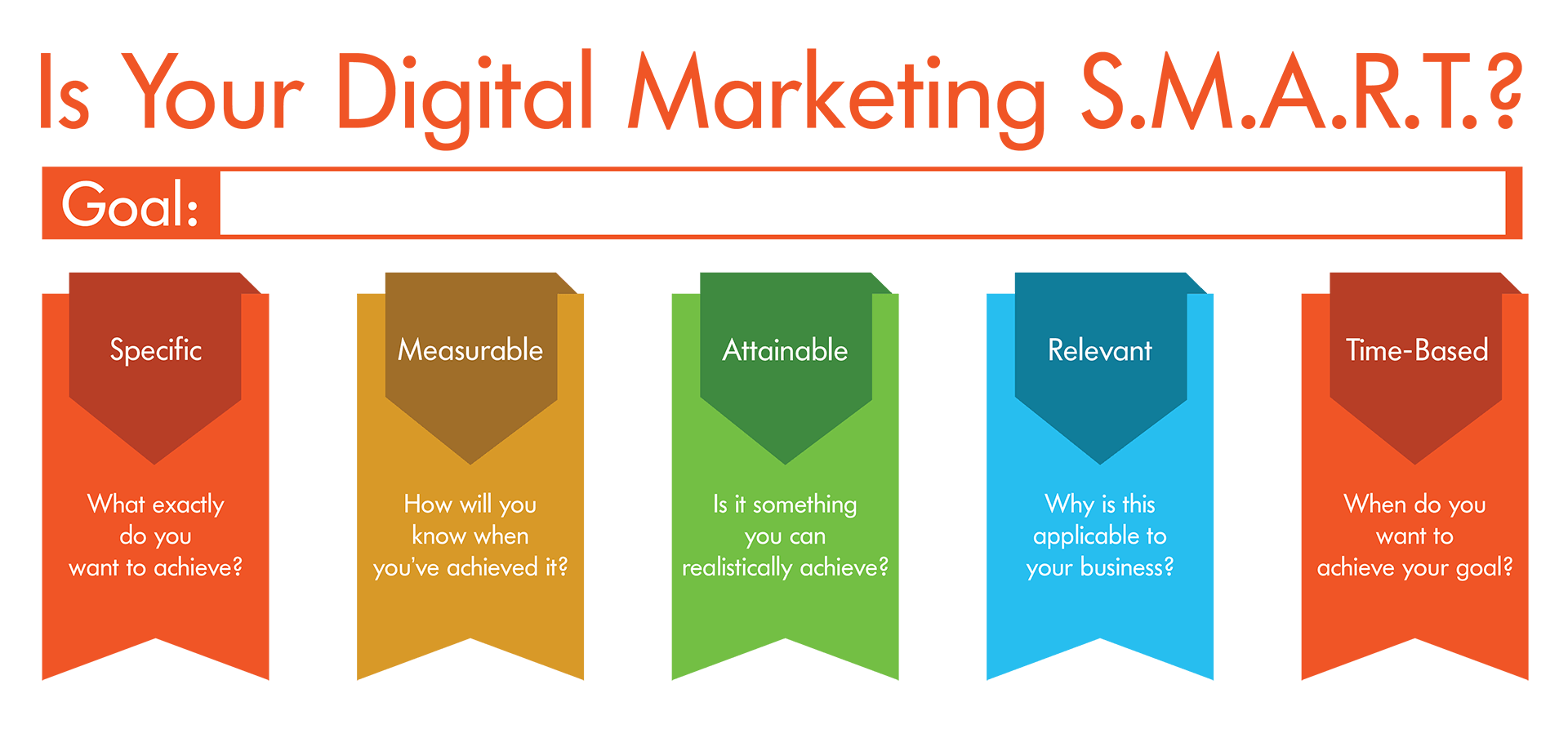Integration is a key component of great digital marketing strategies.
Since the growing popularity of the internet, digital marketing has gotten more sophisticated. Businesses rarely created a digital marketing strategy back then and those who did, concentrate their efforts on websites, banner ads, and email marketing.
A well-detailed plan can assist you in determining the most effective digital marketing methods for your company and then implementing those strategies. A digital marketing strategy helps you organize your efforts so that you can stay in touch with your audience, engage them, and motivate them to take action. A digital marketing business plan allows you to plan, collaborate across departments, and integrate your digital marketing for maximum impact.
Before all this, first, see what is actually a digital marketing plan?
Digital Marketing Plan
A digital marketing strategy, specifically in CyberX Studio, is a document in which you carefully map out your digital marketing goals and the steps you’ll take to attain them. It can include company goals, digital strategies, competitive landscape analyses, timetables, budgets, digital channels, and more, among other things. Consider a digital marketing strategy as a route map. You know where you want to go, and the plan lays out a detailed route for you to take.
Your digital marketing efforts will be wasteful and unproductive unless you have a well-defined plan in place. You’ll most likely waste money and fail to have the desired impact.
The process of creating a digital marketing strategy promotes marketing integration, which boosts the company effect. Customers won’t be able to ignore your brand if you keep bombarding them with messages, offers, and calls to action. As a result of efficiently and wisely repurposing and atomizing your marketing materials, you will achieve more with less.
Whether you’re a well-known e-commerce brand or a brick-and-mortar behemoth, you need a digital marketing strategy. It’s worth the effort, despite the fact that it takes time, effort, and coordination. Your marketing will be a lot more effective, and you’ll get better business marketing results.
Read our recent blog on Digital Marketing tricks and Tips to boost a small business for more awareness.
Continue reading to discover how you can achieve your Digital Marketing Strategy Goals.

The basics of setting objectives: how to set SMART goals
When it comes to setting goals, there are a variety of elements to consider. We suggest you use SMART objectives for strategic marketing planning because they include every critical facet of a successful marketing goal:
- Specific: There are two ways to understand this, and both of which are really helpful. For one thing, you must be extremely particular with your aims and guarantee that they are a very clear objective; for another, you must be very specific about what this goal entails.
- Measurable: In other words, what KPIs will help you determine whether or not you’ve met your objectives?
This is critical because you need to know whether your efforts were successful and how they translated into money. It’s also worth noting that with some digital marketing techniques, quantifying your outcomes and understanding how they transfer into money might be tough (particularly with social media marketing).
- Achievable: When it comes to setting objectives, it’s a good idea to aim high – but not too high. When you’re deciding on your digital marketing goals, consider whether they’re achievable or if you’re simply setting yourself up for failure.
- Relevant: Or, how can your digital marketing objectives assist you in achieving your business objectives? As I previously stated, this is critical since, at the end of the day, you’re building all of these marketing techniques to assist in the growth of your company. In fact, you should start with your business goals and then consider what digital marketing goals can assist you to achieve those goals.
- Time-Bound: Giving your objectives a firm date lets you know when you’ll need to assess your progress and compare it to previous (and future) initiatives. Another crucial practice is to learn how to optimize future tactics – and objectives – in order to get greater results with each new campaign.
The following are some of the reasons why SMART goals perform so well with digital marketing objectives:
- They point you in the right way.
- They make certain that your objectives are in line with your vision.
- They place a high value on evaluating your results, which is critical in digital marketing.
Make sure you go through this list of goal-setting criteria every time you set new marketing goals; it will ultimately help you set better, more feasible goals.
The organization of data is equally important in this process. Click here to read the ways to organize and improve your data.
What digital marketing objectives may you set?
Now that we’ve covered the theoretical side of goal-setting, we would discuss what digital marketing objectives look like in practice.
You can set up a variety of goals, but here are a few of the most popular:
- Increase the number of leads generated: One of the top priorities for businesses and marketers is to increase the number of leads generated.
- Improve your conversion rate: Converting more readers/viewers/followers into clients is another prominent digital marketing goal.
- Increase your sales: After all, that is the ultimate goal of many firms.
- Increase traffic, such as organic traffic, social media traffic, and so on.
When it comes to marketing goals, though, it’s not enough to just state “I want more sales” – you need to be much more specific: by how much do you want your sales to rise? Which channels will be of assistance to you? When do you have to submit your work?
That is why we developed strategic marketing goal-setting training for marketers and managers to help them plan, manage, and achieve their objectives. Modules like these can help you transform your vision into goals, objectives, and KPIs.

Click here to learn more about Digital Marketing Strategy.
Conclusion
As you can see, defining marketing goals is critical to your company’s success. Without goals, you’re just throwing things at the wall hoping something sticks – but in such a competitive environment, this approach is unlikely to get you very far.
When you set specific goals for yourself, on the other hand, you’re motivating yourself and giving your entire marketing team a clear path to follow, as well as an action plan – or strategy – that fully supports that.
Contact CXS as we offer marketing training to assist you in taking the next stages toward a well-planned marketing strategy.

Adnan Syed
COO at CyberXStudio
Introducing Adnan Syed, a visionary leader and co-founder at CXS, serving as the esteemed Chief Operations Officer (COO). With over 15 years of experience in the digital marketing realm, his expertise is unparalleled. With a focus on driving sustainable growth and maintaining operational efficiency, Adnan’s leadership fosters a culture of excellence within CXS.


